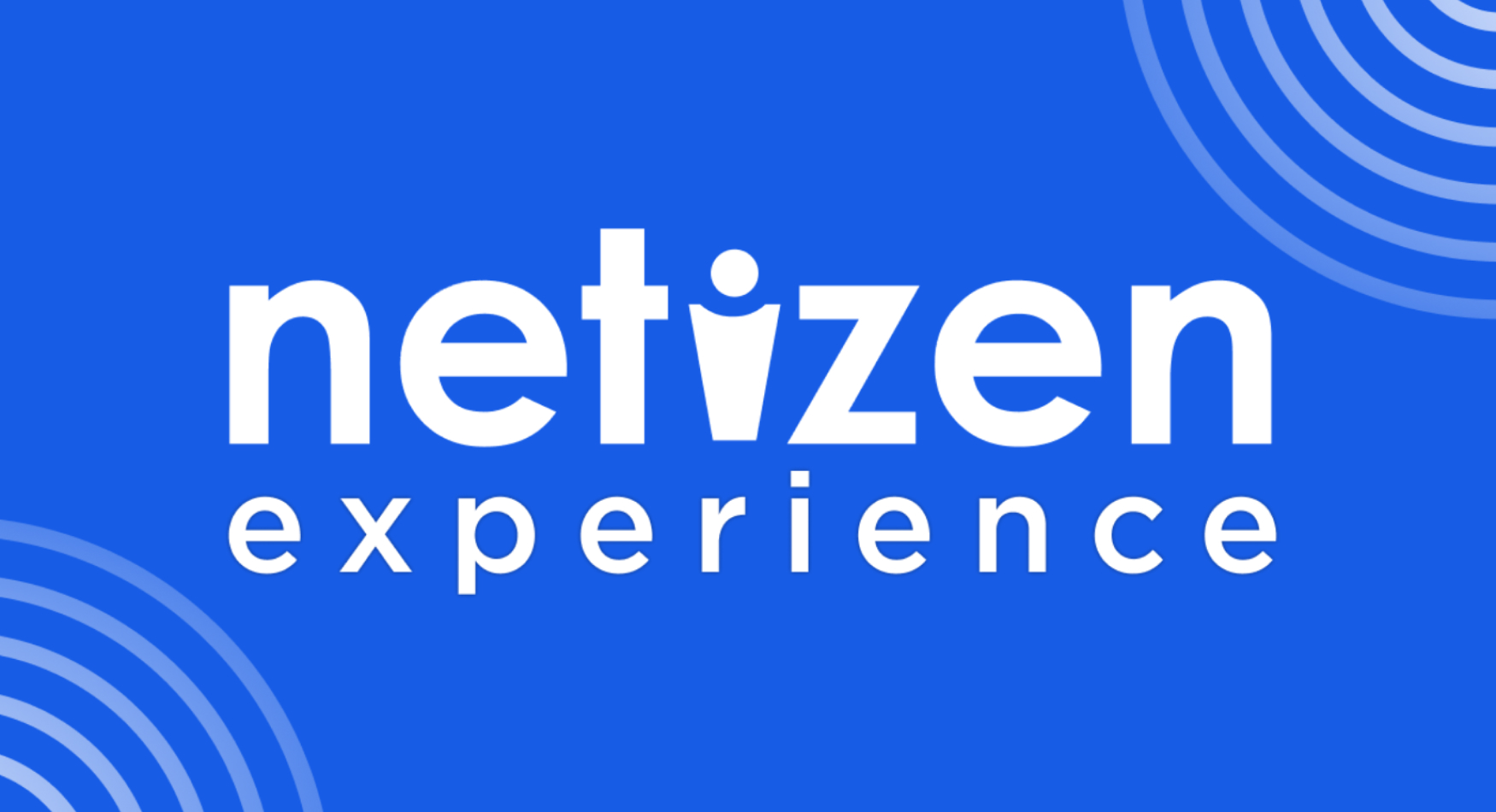Social media is no longer just a platform for sharing updates—it has evolved into a dynamic, interactive ecosystem. In 2024, the rise of AI, augmented reality, and decentralized technologies is reshaping how users connect and brands engage. This transformation, known as Social Media 2.0, brings new opportunities and challenges for marketers. Here’s what you need to know to stay ahead.
The Shift to Social Media 2.0
Social media has undergone a seismic shift, driven by changing user expectations and technological advancements. Unlike earlier phases focused on static posts and broad outreach, today’s platforms prioritize:
- Hyper-Personalized Feeds powered by AI.
- Immersive Experiences through AR and VR.
- Decentralized Ownership using blockchain and Web3 technologies.
- Commerce-Driven Features enabling seamless shopping.
This evolution has set the stage for the next wave of engagement and monetization.
Key Trends Defining Social Media 2.0
1. AI-Powered Personalization Algorithms are smarter than ever, learning user preferences to deliver curated content. Tools like TikTok’s For You page and Instagram’s Explore tab show the power of AI to keep users engaged.
- Next Step: Expect AI tools to enhance ad targeting, automate content creation, and deliver predictive recommendations.
2. Short-Form Video Growth Short-form videos continue to dominate, with TikTok, Reels, and Shorts setting the tone. These quick, engaging formats are now interactive, featuring polls, filters, and live shopping.
- Looking Forward: Shoppable videos and augmented reality filters will further integrate commerce into entertainment.
3. Immersive Technologies AR and VR are turning platforms into experiential spaces. Snapchat’s AR lenses and Meta’s push into virtual environments highlight the potential of immersive content.
- What’s Ahead: Virtual events, 3D product demos, and VR-based storytelling will become mainstream marketing tools.
4. Decentralized Platforms and Web3 Blockchain and NFTs are decentralizing social networks, empowering creators to own and monetize content. Platforms like Lens Protocol offer glimpses into this new model.
- Future Focus: Decentralized platforms could redefine content ownership, monetization, and audience engagement.
5. Social Commerce Integration Social media is now a shopping hub. Features like Instagram Shops and TikTok Shopping blend browsing and buying seamlessly.
- Trend to Watch: AI-powered shopping assistants and live commerce events will drive impulse buys and deeper customer engagement.
6. Privacy and Transparency Growing concerns about data privacy are pushing platforms toward encrypted messaging and ephemeral content.
- Impact: Expect stricter regulations and tools that give users more control over data sharing.
Adapting to the Future
To thrive in Social Media 2.0, businesses need to embrace flexibility and innovation. Key strategies include:
- Experimenting with AI Tools for content creation and audience targeting.
- Building Niche Communities on platforms like Discord and Geneva.
- Leveraging AR and VR Experiences to engage users in creative ways.
- Exploring Web3 Opportunities like NFTs and tokenized rewards.
- Focusing on Authenticity and Transparency to strengthen trust and loyalty.
Final Thoughts
Social Media 2.0 marks a pivotal shift in how brands and users interact. With AI, AR, and decentralized technologies leading the charge, marketers must adopt agile strategies to remain competitive. The future is immersive, data-driven, and community-focused—are you ready to ride the next wave of social innovation?









